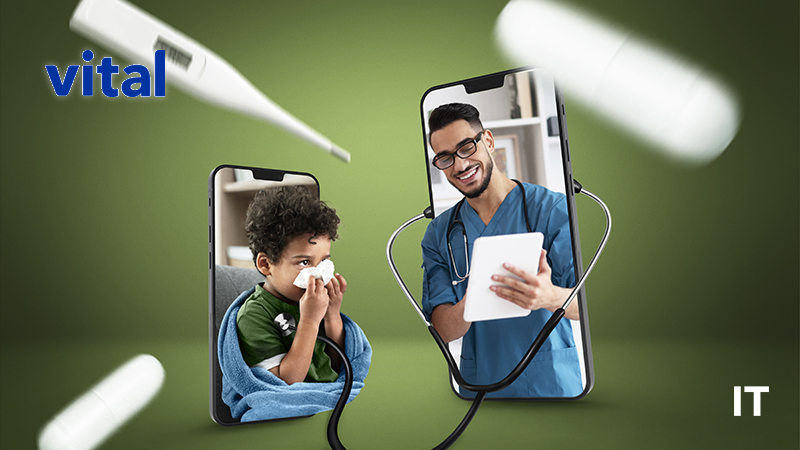Vital, a leading artificial intelligence (AI)-driven digital health company, announced the launch of its AI-powered Doctor-to-Patient Translator, designed to transform highly technical medical terminology into plain language that any patient can understand. Using the latest Large Language Models (LLMs) and Natural Language Processing (NLP), Vital’s HIPAA-compliant Doctor-to-Patient Translator creates 5th-grade reading-level explanations of lab and imaging results, doctor notes, discharge summaries and patient instructions, and other important medical information.
“While the 21st Century Cures Act requires all providers to release medical notes to patients, they can seem like a foreign language,” said Aaron Patzer, co-founder and CEO at Vital. “In medical notes, it’s not a ‘nosebleed’, it’s ‘epistaxis’, not a ‘stroke’ but a ‘cerebral infarction’. Instead of writing ‘don’t eat before surgery’ doctors use the abbreviation ‘NPO’. For people who aren’t medically trained, misunderstanding medical jargon can result in unnecessary stress and poor health outcomes. We built the Doctor-to-Patient Translator to inform and empower patients for their health and to enhance the medical decision-making process between patients and their care providers.”
Also Read: Palatin Announces Direct-to-Consumer Telehealth Partnership with UpScriptHealth for Vyleesi
Unveiled at the Ai4 Conference in Las Vegas on August 8, the Doctor-to-Patient Translator brings several unique benefits to those seeking and delivering health care. For patients, the Translator serves as a vital resource for understanding and acting upon their own health, making for a calmer and clearer care experience. For providers, the Translator increases access by elevating the level of health literacy for patients and other care team members – resulting in reduced workload, less time explaining diagnoses and treatments, and a reduced risk of miscommunication. For hospitals and health systems, the Translator reduces the likelihood of adverse clinical events by involving the patient in their care plan and focusing their attention on high-impact interventions (such as medication compliance and follow-up adherence).
The Doctor-to-Patient Translator tool is available to hospitals and health systems nationwide that use Vital‘s ERAdvisor and CareAdvisor applications – modern patient experience platforms used by over one million people per year. In addition, the Doctor-to-Patient Translator is free to the public and available today at vital.io/translate. The Translator is accessible from any browser, requires no downloads or registration, and is secure through Microsoft’s reliable HIPAA- & HITRUST-compliant cloud.
Significant rigor was taken in assessing the quality and safety of the Doctor-to-Patient translations. As of July 2023, a panel of internal and external physicians studied nearly two thousand Doctor-to-Patient Translator outputs from real-world medical notes, finding that 99.4% of the translations were safe (will not lead to patient harm). Only 0.6% were marked as unsafe, in that they contained inaccurate information or were missing key information from the summary that could potentially cause patient harm.
SOURCE: Businesswire

































